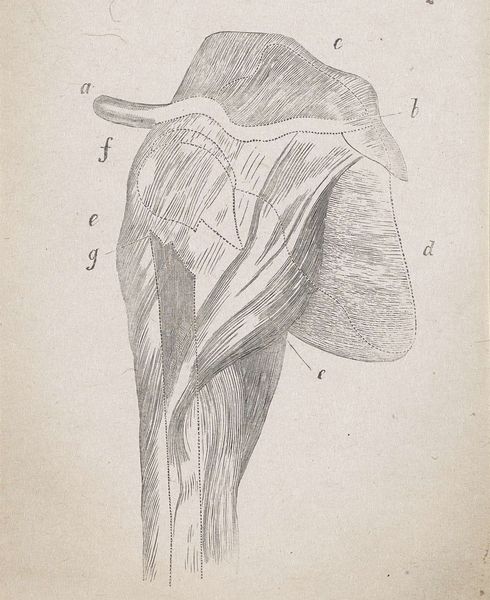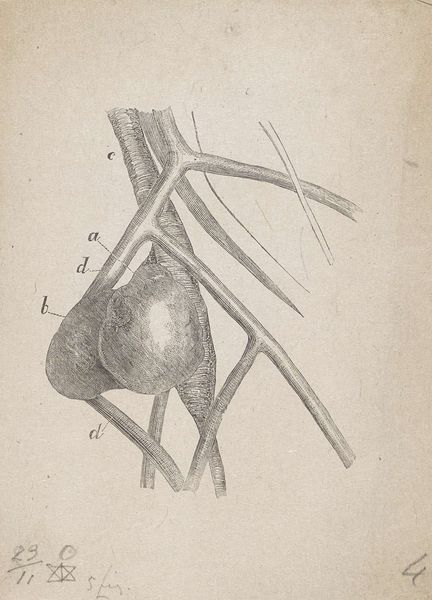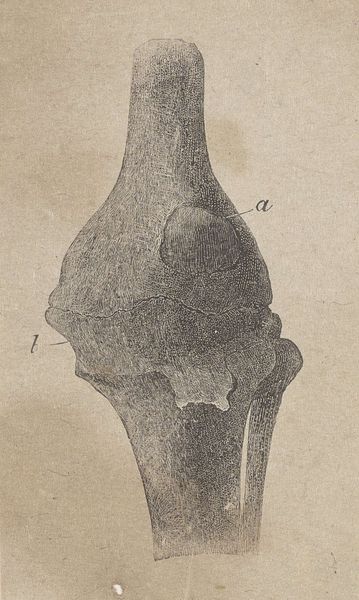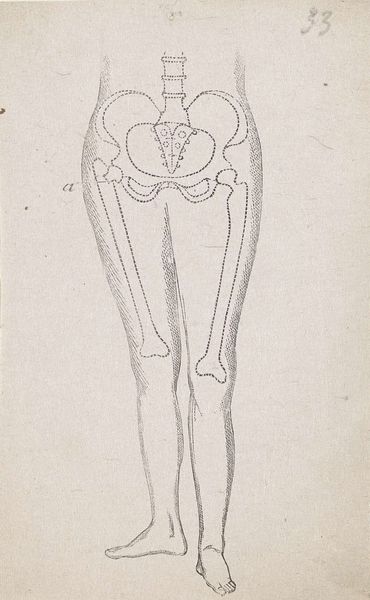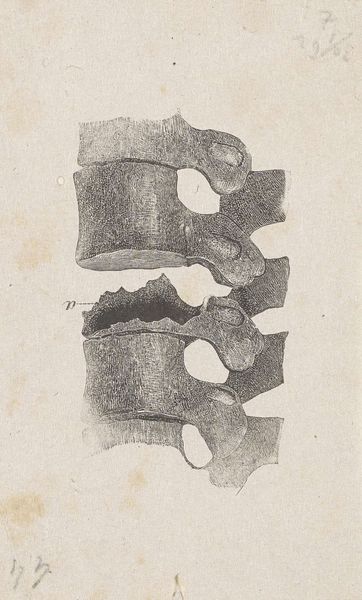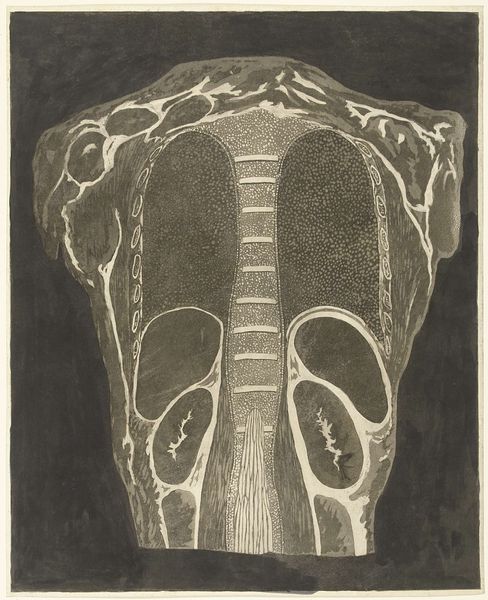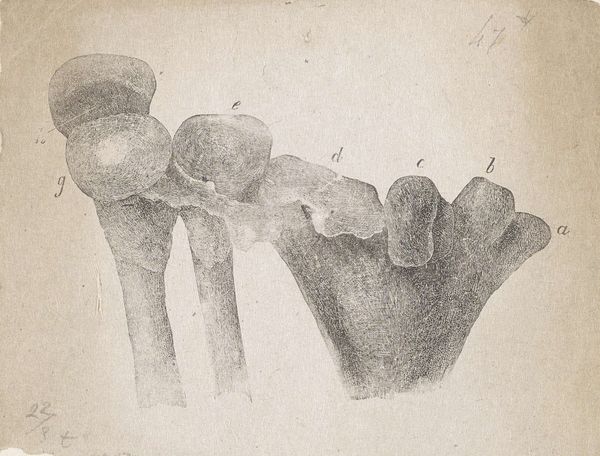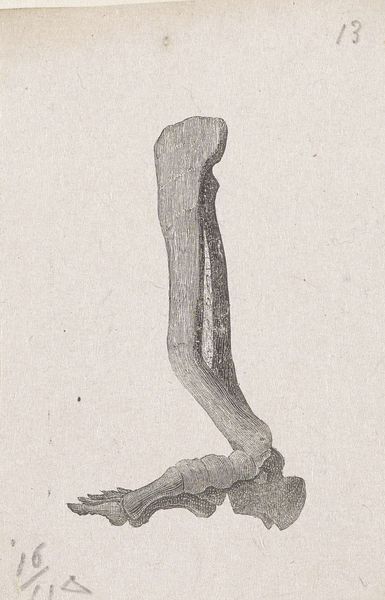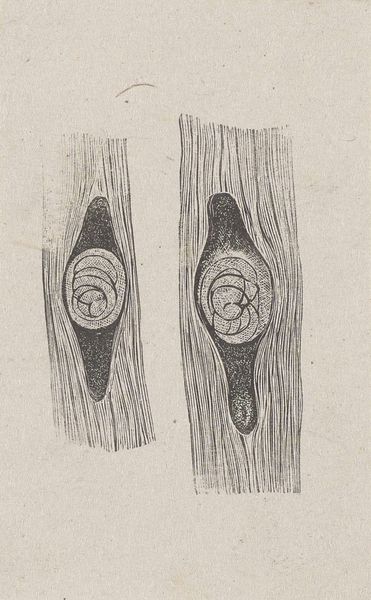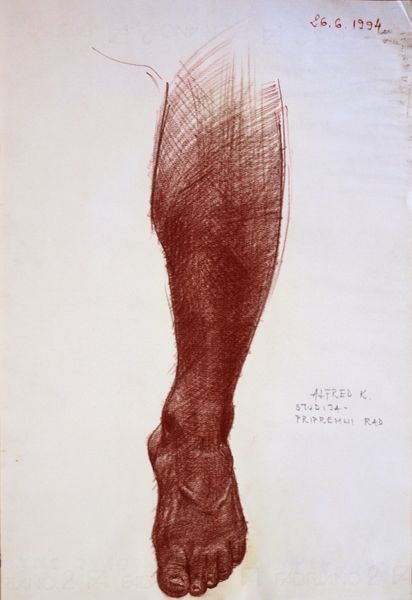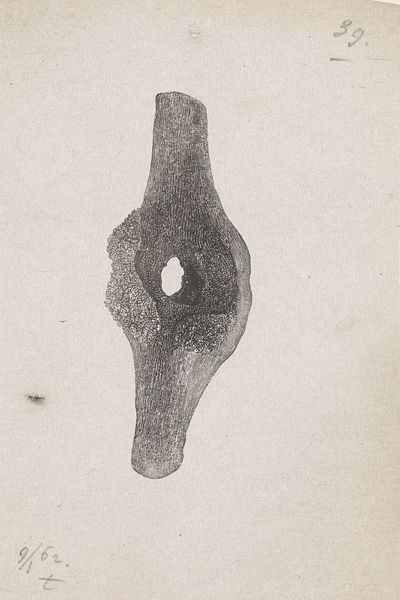
Onderdeel van het menselijk lichaam met een afwijking 1836 - 1912
0:00
0:00
drawing, pencil, graphite
#
pencil drawn
#
drawing
#
toned paper
#
pencil sketch
#
figuration
#
pencil drawing
#
pencil
#
graphite
#
sketchbook drawing
#
pencil work
#
academic-art
#
realism
Dimensions: height 95 mm, width 60 mm
Copyright: Rijks Museum: Open Domain
This drawing of a human leg with an aneurysm was made by Isaac Weissenbruch in the 19th century. At first glance, it appears to be a simple medical illustration, yet the symbolism of the body, particularly when marked by affliction, carries immense cultural weight. Consider the medieval concept of the "body politic," where the health of the state mirrors that of the human body. Here, the aneurysm—a swelling, a rupture—becomes more than a mere medical condition. It's a signifier of internal strife, of something amiss within. The veined pathways, meant to sustain life, are distorted, mirroring societal fractures. Recall the frequent depiction of stigmata in religious art, where wounds become symbols of profound spiritual significance. Here too, the afflicted body transcends mere physicality, resonating with our collective anxieties about health, mortality, and the fragility of existence. This image engages us on a deep, subconscious level. It reminds us that the body, in its strength and weakness, is a powerful vessel of meaning, constantly evolving in our cultural memory.
Comments
No comments
Be the first to comment and join the conversation on the ultimate creative platform.
